Snow leopards, the elusive big cats of the high mountains, have captivated the hearts of wildlife enthusiasts and conservationists alike. Known for their stunning beauty and remarkable adaptations, these magnificent creatures thrive in some of the harshest environments on Earth. Living at altitudes that often exceed 3,000 meters (9,800 feet), snow leopards have evolved a unique set of traits that enable them to survive and flourish in the frigid, rugged terrains of the Himalayas and Central Asia. In this article, we will explore the fascinating ways in which snow leopards have adapted to their high-altitude habitats, ensuring their survival in an ever-changing world.
Unique Physical Adaptations
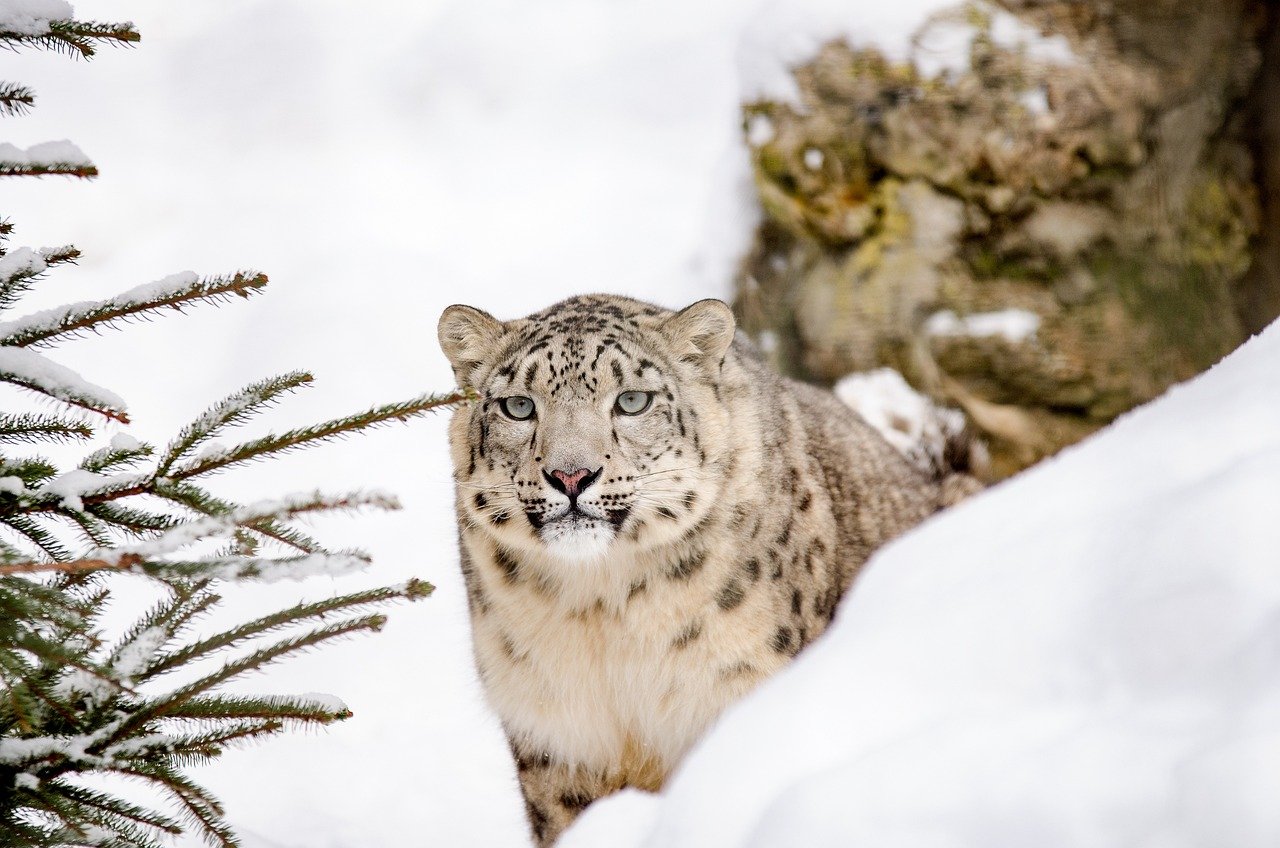
Snow leopards possess several physical adaptations that allow them to navigate their high-altitude environment. Their thick, luxurious fur not only provides insulation against the biting cold but also helps them blend seamlessly into their rocky surroundings. The long tail, which can be as long as the body itself, aids in balance and agility, allowing these cats to traverse steep cliffs and rocky outcrops with ease. Moreover, their powerful hind legs enable them to leap great distances, a skill essential for hunting in the rugged terrain. The large nasal cavities of snow leopards also play a crucial role in warming the cold air before it reaches their lungs, protecting their respiratory system from freezing temperatures.
Specialized Respiratory System
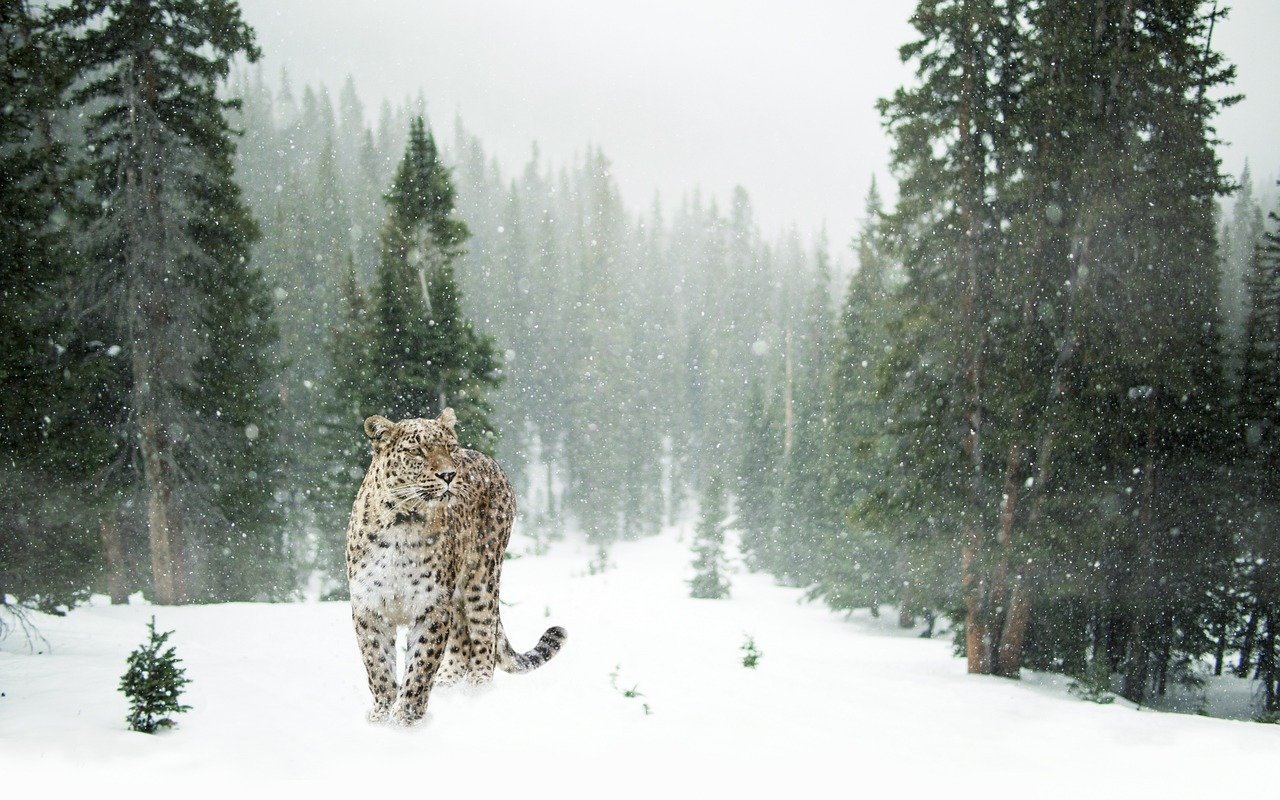
One of the most remarkable adaptations of snow leopards is their specialized respiratory system. Living at high altitudes means dealing with lower oxygen levels, but snow leopards have evolved larger lungs and a higher blood capacity to efficiently absorb oxygen. This adaptation allows them to maintain their energy levels while hunting and exploring their vast territories. Their hearts are also adapted to pump blood more efficiently, ensuring that their muscles receive enough oxygen during strenuous activities. This efficient respiratory system is a key factor in their survival, enabling them to thrive in an environment where oxygen is scarce.
Camouflage and Stealth
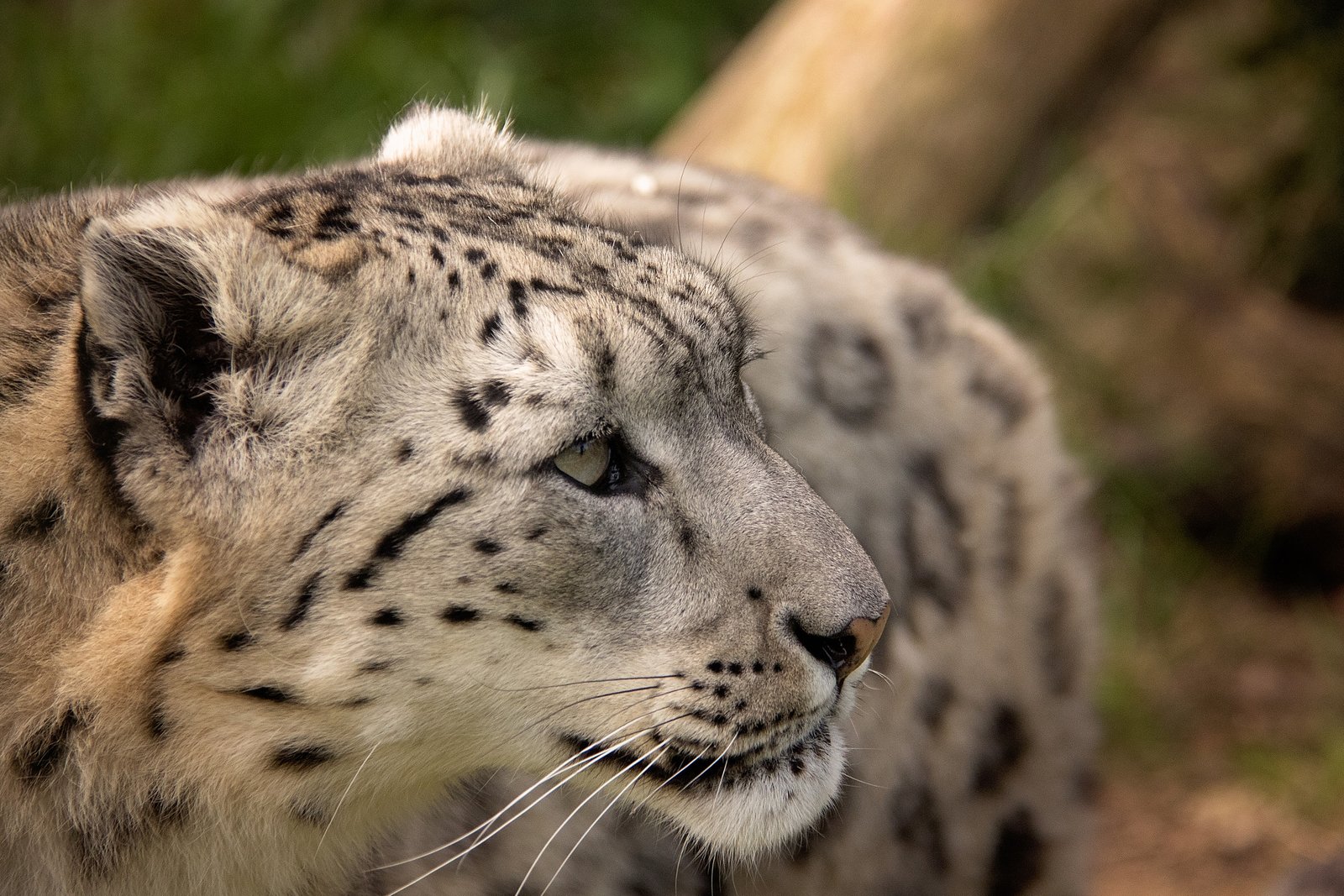
Snow leopards are masters of camouflage. Their smoky-gray fur, adorned with black rosettes, helps them blend into the rocky landscapes of their mountainous habitats. This natural disguise is crucial for stalking prey, as it allows them to approach their targets without being detected. Their stealthy movements and quiet demeanor make them formidable hunters in the wild. Additionally, their padded paws enable them to move silently across the snow, further enhancing their ability to surprise their prey. The combination of camouflage and stealth makes snow leopards efficient predators capable of capturing their elusive quarry.
Diet and Hunting Techniques
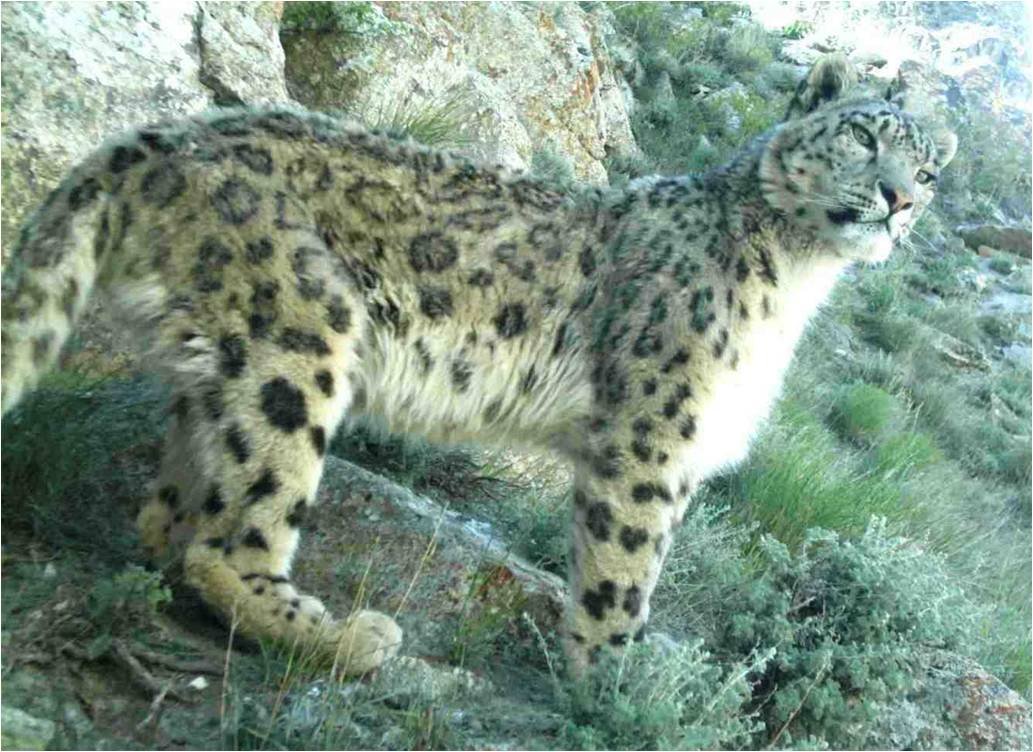
Snow leopards primarily prey on mountain goats, sheep, and other ungulates that inhabit their high-altitude environment. They are solitary hunters, relying on their keen eyesight and acute sense of hearing to locate prey from great distances. Once they have identified a target, snow leopards use their powerful legs to leap across rocky terrain, often covering distances of up to 15 meters (49 feet) in a single bound. Their ability to navigate steep cliffs and narrow ledges while maintaining their balance is essential for successful hunting. Snow leopards are also known for their patience, often stalking their prey for hours before making a move.
Social Behavior and Territory
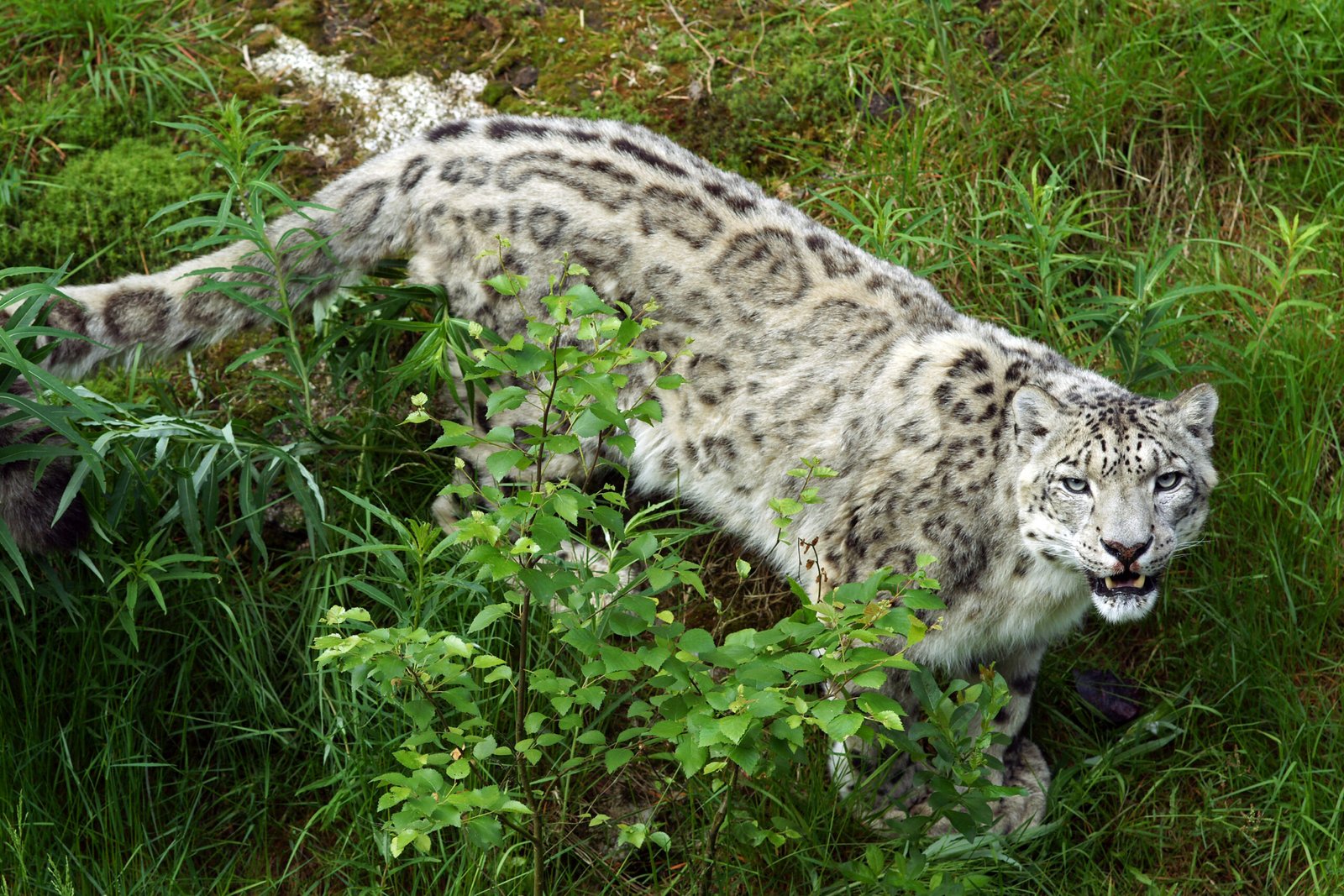
Snow leopards are generally solitary animals, with males and females coming together only during mating season. They establish large territories, which they mark with scent markings to communicate with other snow leopards. These territories can span hundreds of square kilometers, allowing them to access various hunting grounds and avoid competition. Males typically have larger territories than females, and they may overlap with the territories of several females. This territorial behavior ensures that snow leopards have access to enough resources to sustain themselves and their offspring.
Reproductive Strategies
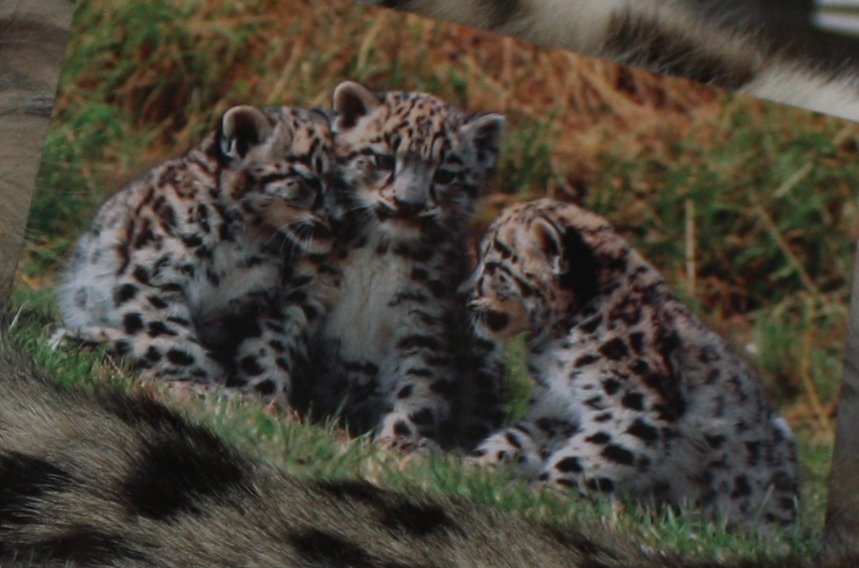
Breeding typically occurs between January and March, with females giving birth to a litter of two to four cubs after a gestation period of about 90-100 days. The cubs are born blind and rely on their mother’s care for survival during their early months. As they grow, the mother teaches them essential hunting skills, preparing them for life in the wild. The cubs remain with their mother for up to two years before becoming independent. This extended period of maternal care ensures that the young snow leopards are well-prepared to face the challenges of their harsh environment.
Adaptations to Cold Weather
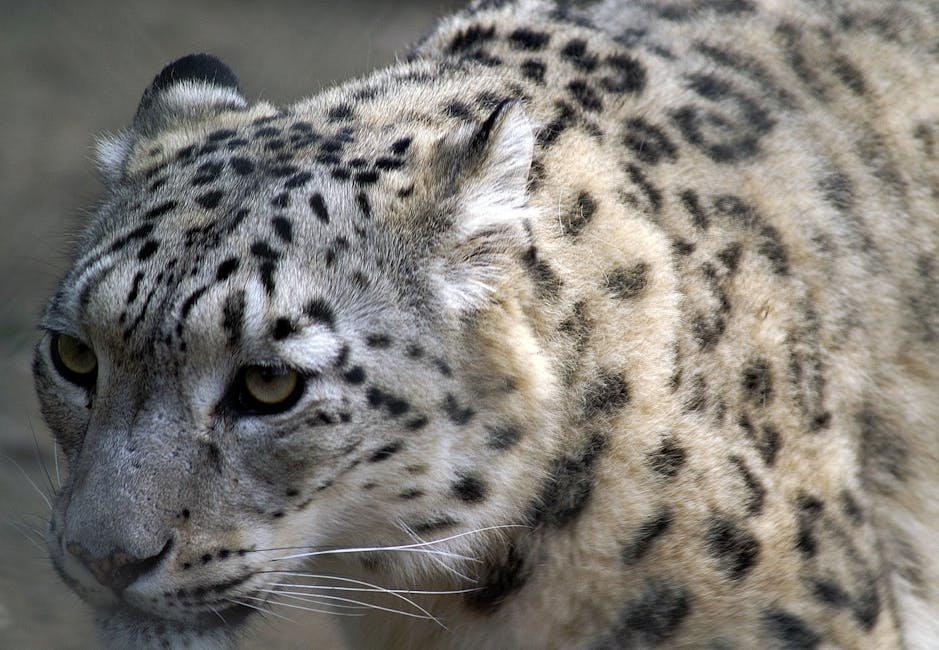
Snow leopards are well-equipped to handle the extreme cold of their mountainous habitats. Their thick fur and a layer of fat beneath the skin provide insulation, while their small, rounded ears minimize heat loss. Additionally, their large paws act like snowshoes, distributing their weight and preventing them from sinking into deep snow. These adaptations allow snow leopards to survive in temperatures that can drop to -40 degrees Celsius (-40 degrees Fahrenheit). Their ability to conserve body heat and maintain their core temperature is crucial for their survival in such harsh conditions.
Water Sources and Hydration
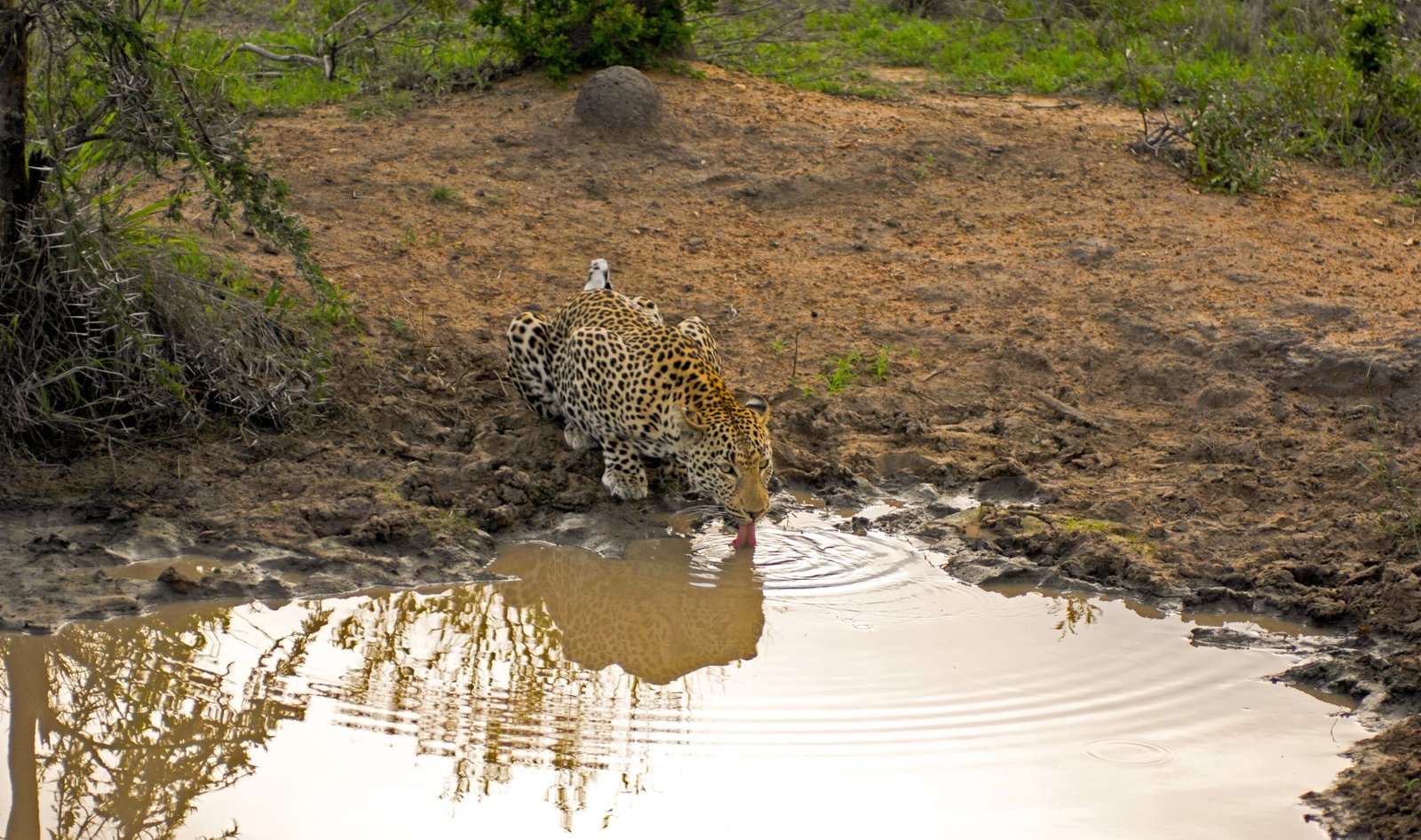
In the arid regions where snow leopards reside, finding water can be a challenge. However, these cats have adapted by obtaining most of their hydration from their prey. The moisture content in the flesh of their hunted animals helps them stay hydrated, reducing their reliance on direct water sources. This adaptation is particularly important during the winter months when water sources may be frozen and inaccessible. Snow leopards are also known to consume snow as a supplementary source of hydration when necessary.
The Role of Altitude in Ecosystem
Snow leopards play a crucial role in their ecosystem as apex predators. By controlling the populations of herbivores, they help maintain a balanced ecosystem. Their presence indicates a healthy environment, as they require vast territories and a stable prey population to thrive. The health of snow leopard populations can serve as an indicator of the overall health of the ecosystem, as these cats are sensitive to changes in their environment. Their role in maintaining ecological balance is vital for the preservation of biodiversity in their mountainous habitats.
Threats to Survival
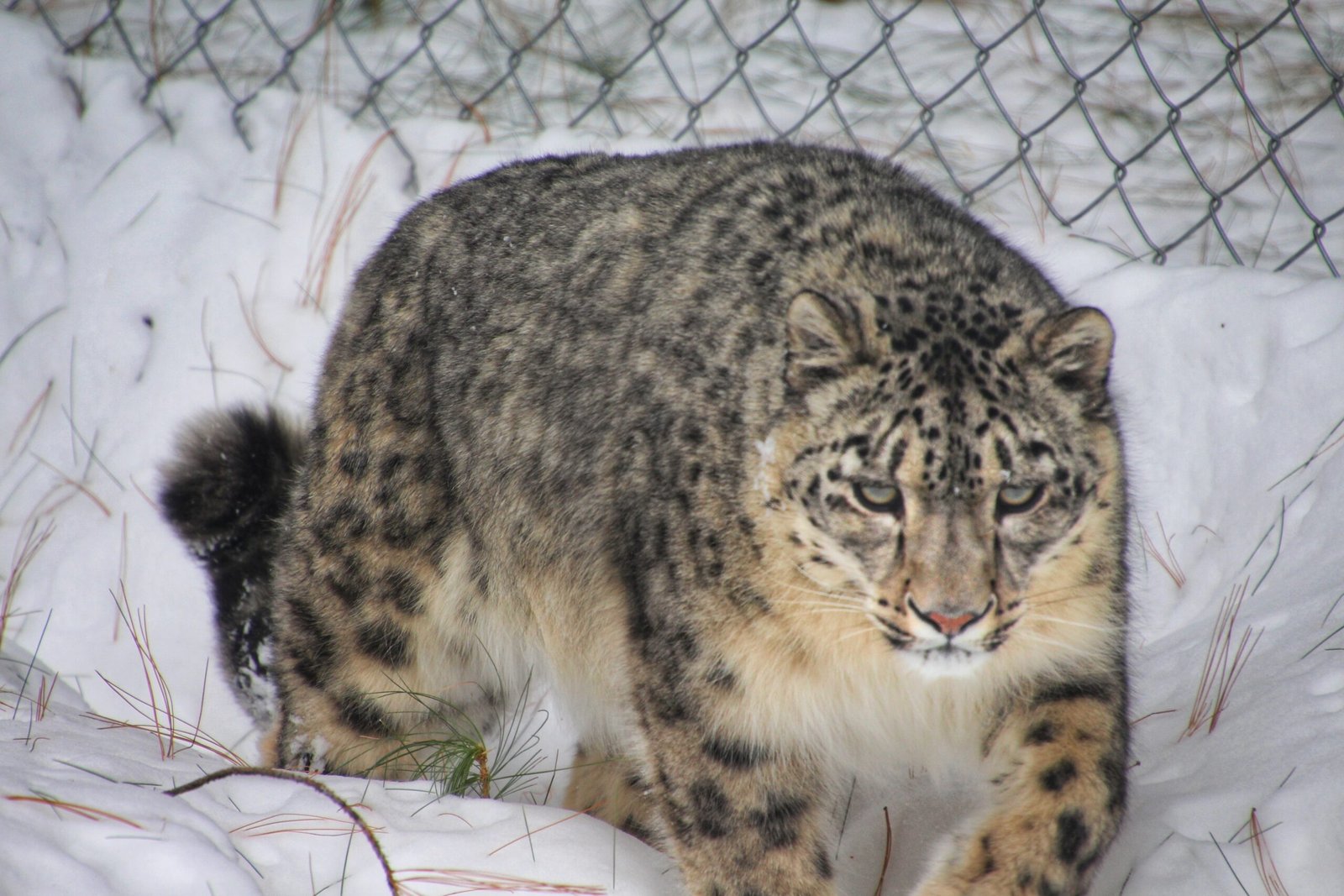
Despite their remarkable adaptations, snow leopards face numerous threats, including habitat loss, poaching, and climate change. As human activities encroach on their territories, these magnificent cats are increasingly at risk. Conservation efforts are essential to ensure their survival in the wild. Habitat fragmentation and loss due to human development, as well as illegal hunting for their fur and bones, pose significant challenges to their survival. Addressing these threats is critical for the long-term conservation of snow leopards and their habitats.
Conservation Efforts
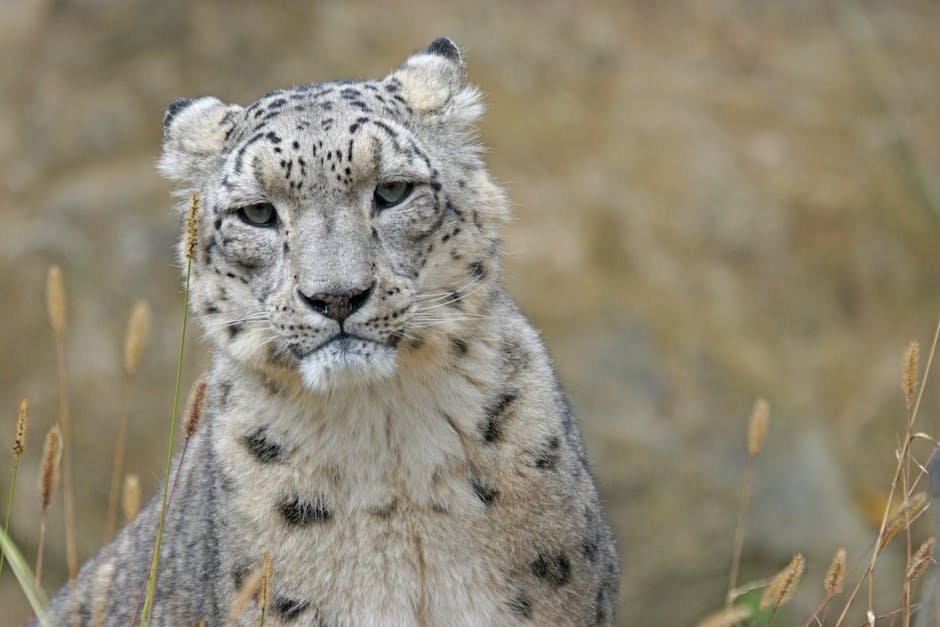
Various organizations and governments are working tirelessly to protect snow leopards and their habitats. Initiatives include anti-poaching measures, habitat restoration, and community engagement programs that promote coexistence between humans and wildlife. These efforts are vital for securing a future for snow leopards. Collaboration between international organizations, governments, and local communities is key to the success of conservation initiatives. By addressing the root causes of threats to snow leopards, conservation efforts aim to create a sustainable future for these majestic cats.
Cultural Significance
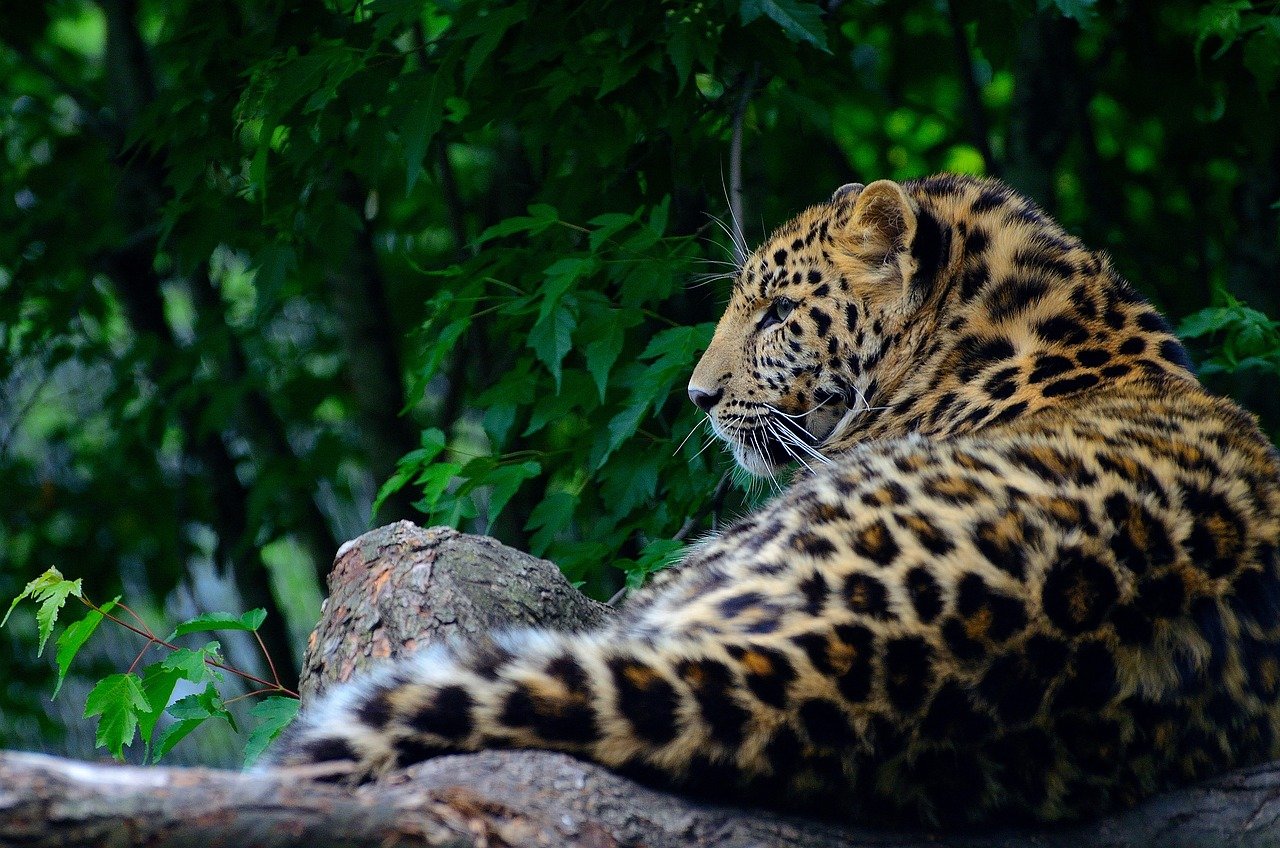
Snow leopards hold a special place in the cultures of the regions they inhabit. They are often revered in local folklore and are considered symbols of strength and resilience. This cultural significance can play a role in conservation efforts, as communities may be more inclined to protect an animal they hold in high regard. By integrating traditional beliefs and values into conservation initiatives, it is possible to foster a sense of pride and ownership among local communities. This cultural connection can be a powerful tool in the fight to protect snow leopards.
Research and Monitoring
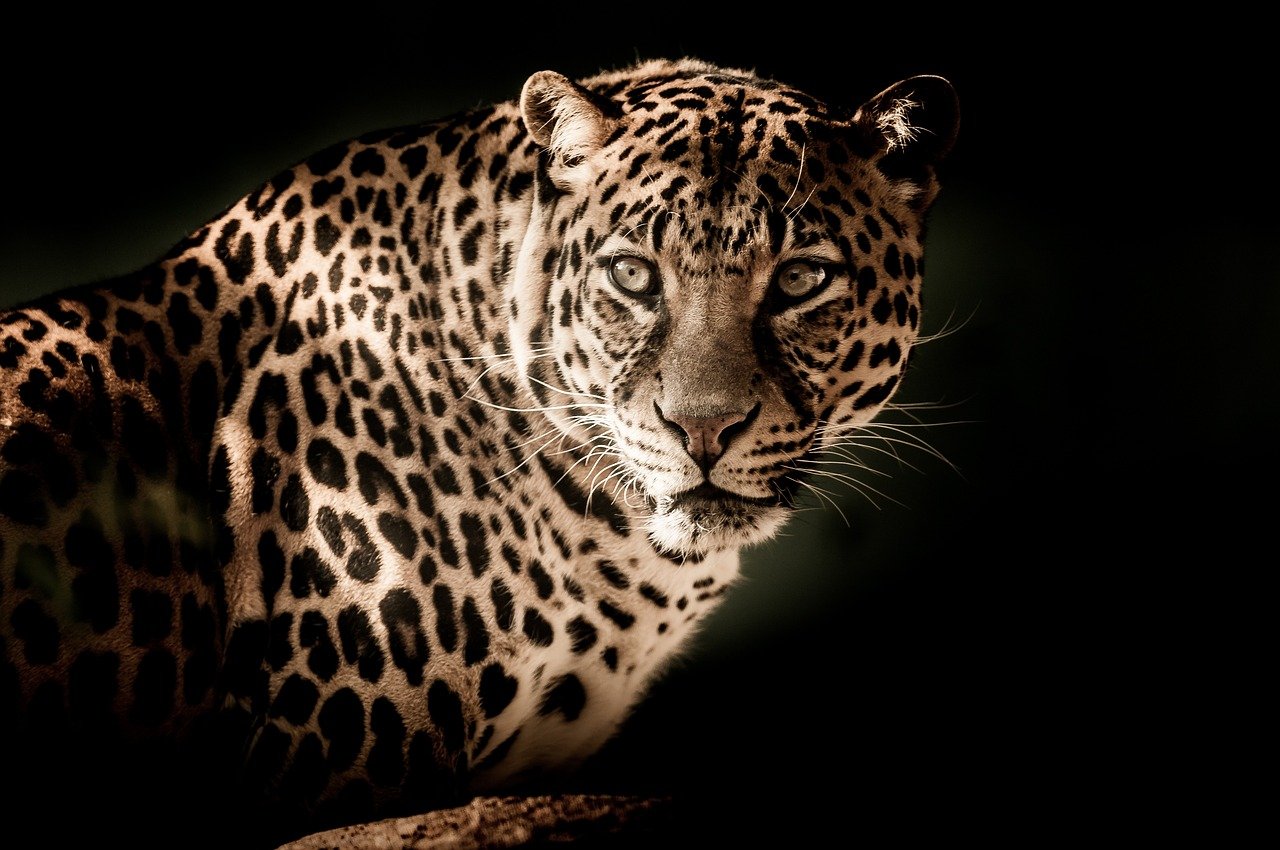
Ongoing research and monitoring of snow leopard populations are crucial for understanding their behavior and ecology. Scientists use various methods, including camera traps and GPS collars, to gather data on their movements, population dynamics, and habitat use. This information is essential for developing effective conservation strategies. By tracking snow leopards and analyzing their habits, researchers can gain insights into the challenges they face and the best ways to address them. Continuous monitoring is vital for assessing the success of conservation efforts and making informed decisions.
The Impact of Climate Change
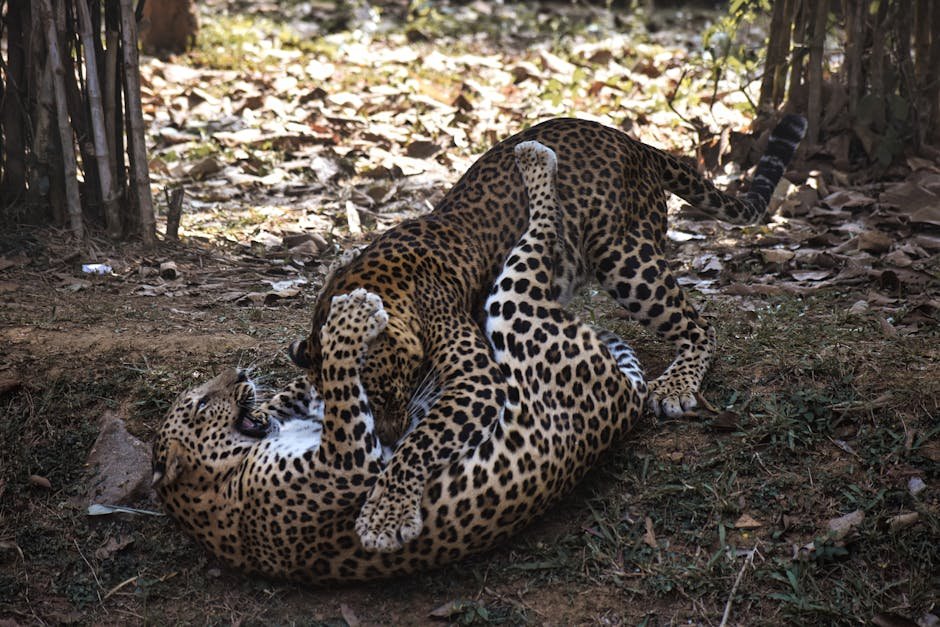
Climate change poses a significant threat to snow leopards and their habitats. Rising temperatures can lead to changes in prey availability and habitat loss, making it increasingly difficult for these cats to survive. Addressing climate change is critical for the long-term conservation of snow leopards. By reducing greenhouse gas emissions and protecting natural habitats, it is possible to mitigate the impacts of climate change on snow leopards and their ecosystems. Collaborative efforts at the global level are necessary to address this pressing issue and ensure a future for snow leopards.
Community Involvement
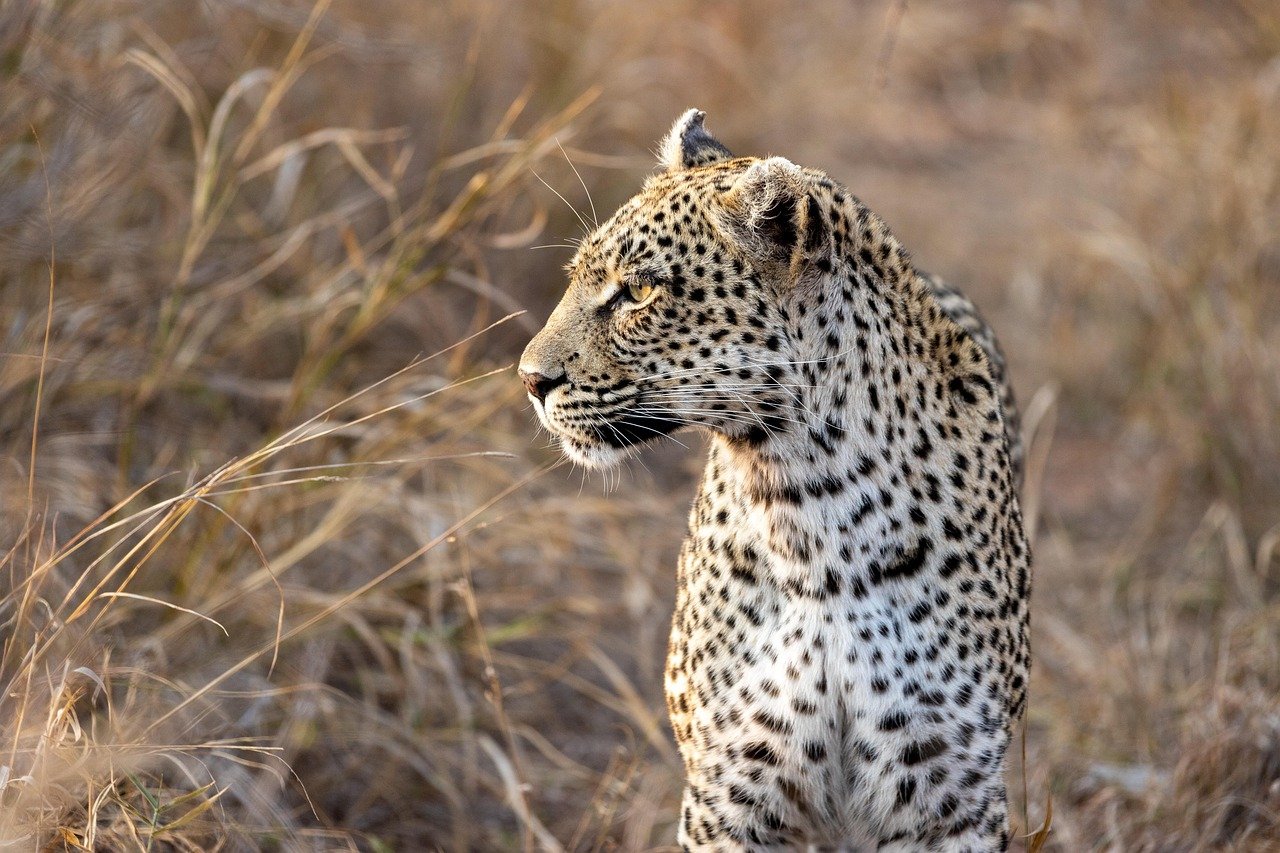
Engaging local communities in conservation efforts is vital for the protection of snow leopards. By involving residents in wildlife monitoring and education programs, communities can become stewards of their environment, fostering a sense of responsibility for the preservation of these magnificent cats. Community-based conservation initiatives can empower local people to take an active role in protecting snow leopards and their habitats. By building partnerships and promoting sustainable practices, it is possible to create a harmonious coexistence between humans and wildlife.
Ecotourism and Its Benefits
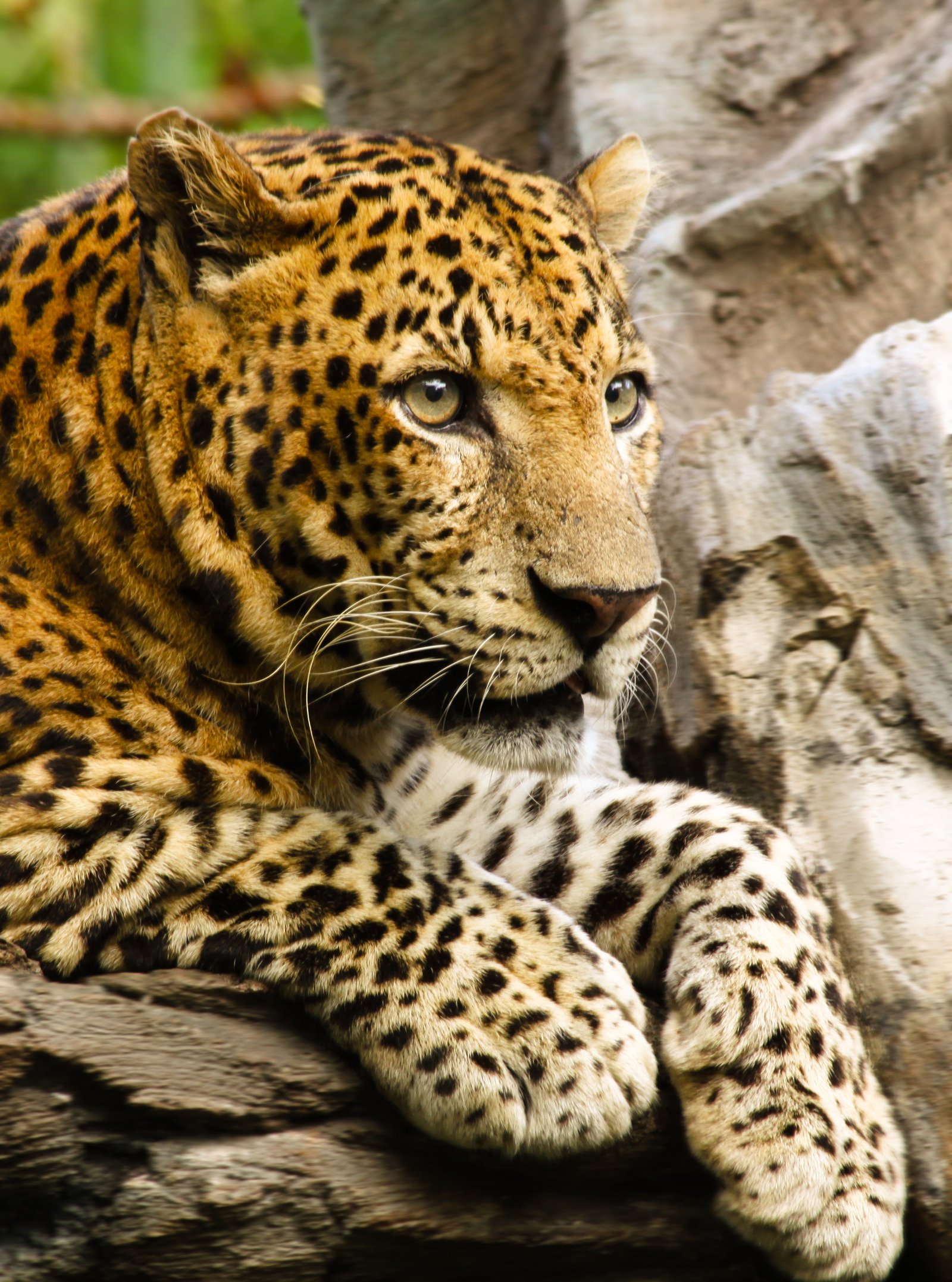
Ecotourism can provide a sustainable source of income for communities living near snow leopard habitats. By promoting wildlife tourism, local economies can benefit while also raising awareness about the importance of conservation. Responsible tourism practices can help protect snow leopards and their ecosystems. By offering visitors the opportunity to experience the beauty of snow leopard habitats, ecotourism can foster appreciation and support for conservation efforts. It is essential to ensure that tourism activities are conducted in a way that minimizes their impact on the environment and the animals that inhabit it.
The Future of Snow Leopards
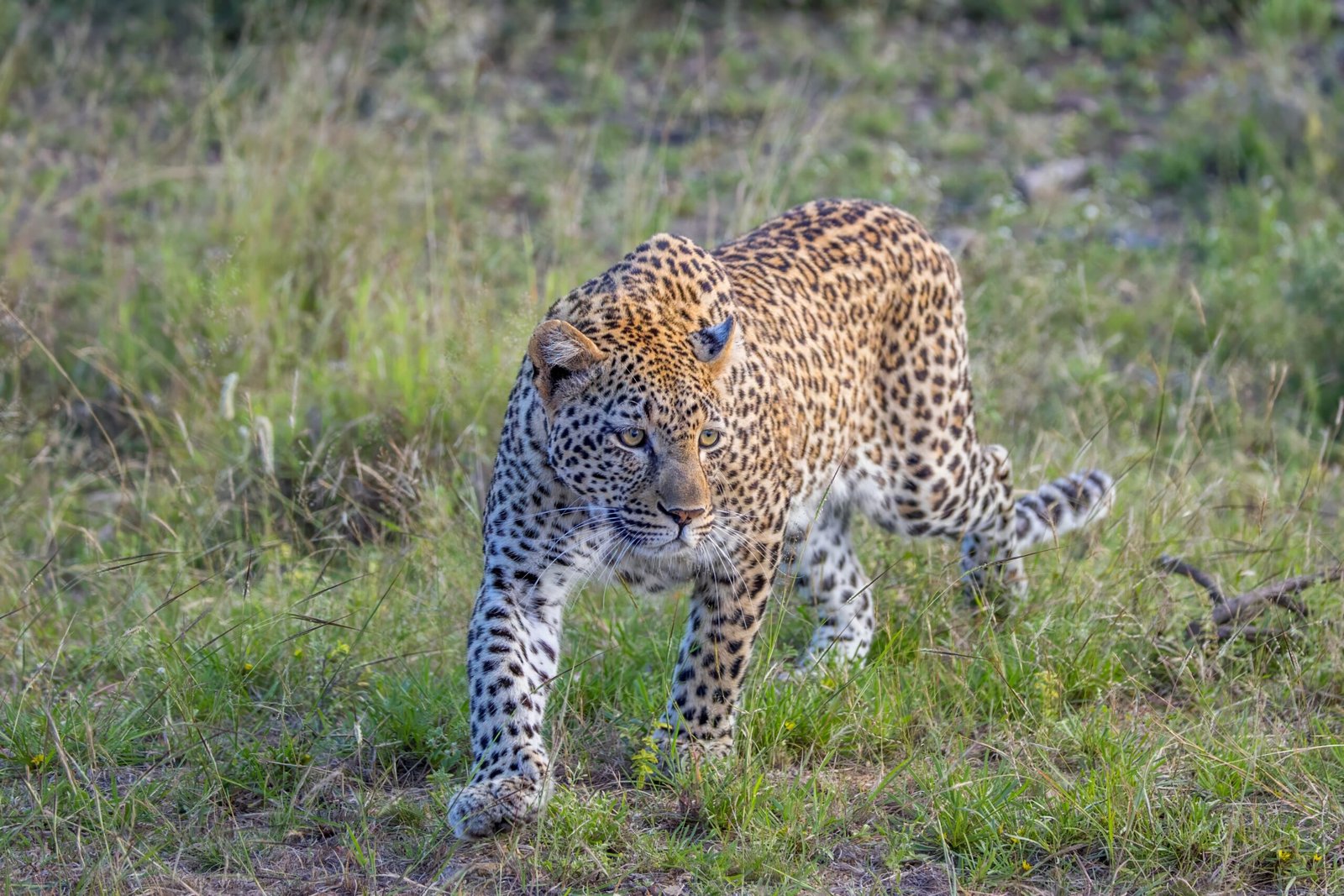
The future of snow leopards depends on the collective efforts of governments, conservation organizations, and local communities. By addressing the threats they face and implementing effective conservation strategies, we can ensure that these incredible cats continue to roam the high mountains for generations to come. The commitment to protecting snow leopards requires collaboration and dedication from all stakeholders. Together, it is possible to create a future where snow leopards thrive in their natural habitats, inspiring awe and admiration for years to come.
Inspiring Conservation Stories
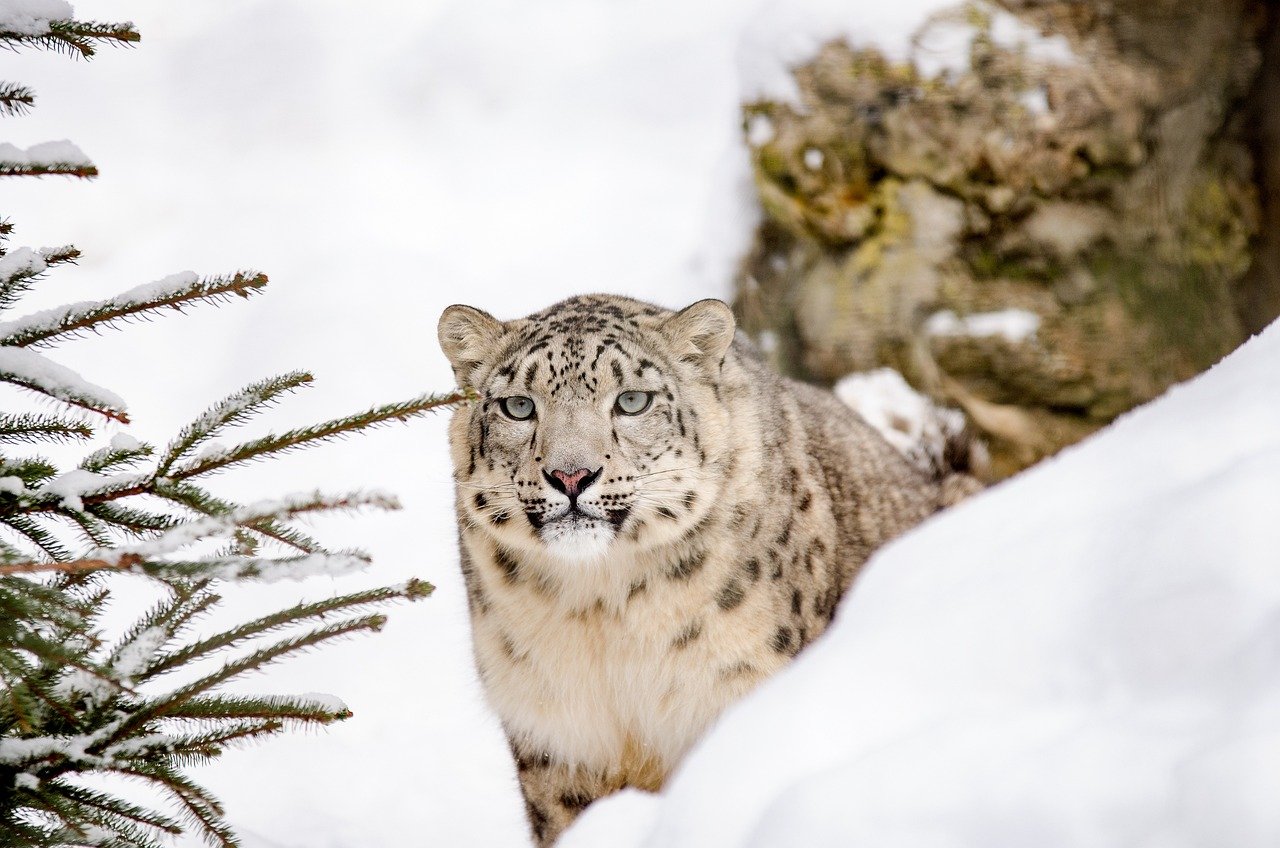
There are numerous inspiring stories of successful snow leopard conservation efforts around the world. From community-led initiatives to international collaborations, these stories highlight the resilience of both the cats and the people dedicated to their protection. These success stories serve as a testament to the power of collaboration and innovation in conservation efforts. By sharing these stories, it is possible to inspire others to take action and contribute to the protection of snow leopards. Every effort, no matter how small, can make a difference in ensuring a future for these magnificent cats.
How You Can Help
As a cat enthusiast, you can play a role in snow leopard conservation. Supporting reputable wildlife organizations, spreading awareness about their plight, and advocating for sustainable practices can all contribute to the protection of these majestic creatures. By raising awareness and educating others about the importance of snow leopard conservation, it is possible to garner support for initiatives aimed at protecting these cats. Additionally, making conscious choices in daily life, such as reducing carbon footprints and supporting sustainable products, can contribute to the overall effort to protect snow leopards.
Celebrating Snow Leopards
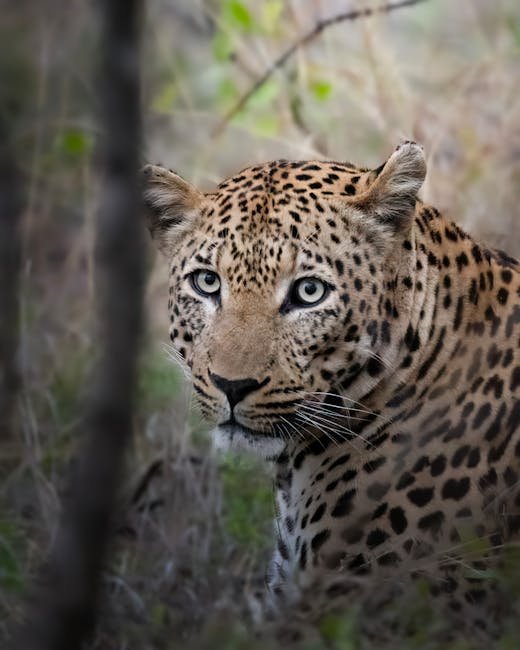
Snow leopards are not just symbols of the wild; they are a testament to the beauty and resilience of nature. By celebrating their existence and advocating for their protection, we can ensure that future generations will have the opportunity to marvel at these incredible cats in their natural habitats. Celebrating snow leopards involves appreciating their unique adaptations and the vital role they play in their ecosystems. By fostering a sense of wonder and admiration for these magnificent creatures, it is possible to inspire a collective commitment to their conservation.

Hi, I’m Bola, a passionate writer and creative strategist with a knack for crafting compelling content that educates, inspires, and connects. Over the years, I’ve honed my skills across various writing fields, including content creation, copywriting, online course development, and video scriptwriting.
When I’m not at my desk, you’ll find me exploring new ideas, reading books, or brainstorming creative ways to solve challenges. I believe that words have the power to transform, and I’m here to help you leverage that power for success.
Thanks for stopping by, Keep coming to this website to checkout new articles form me. You’d always love it!






